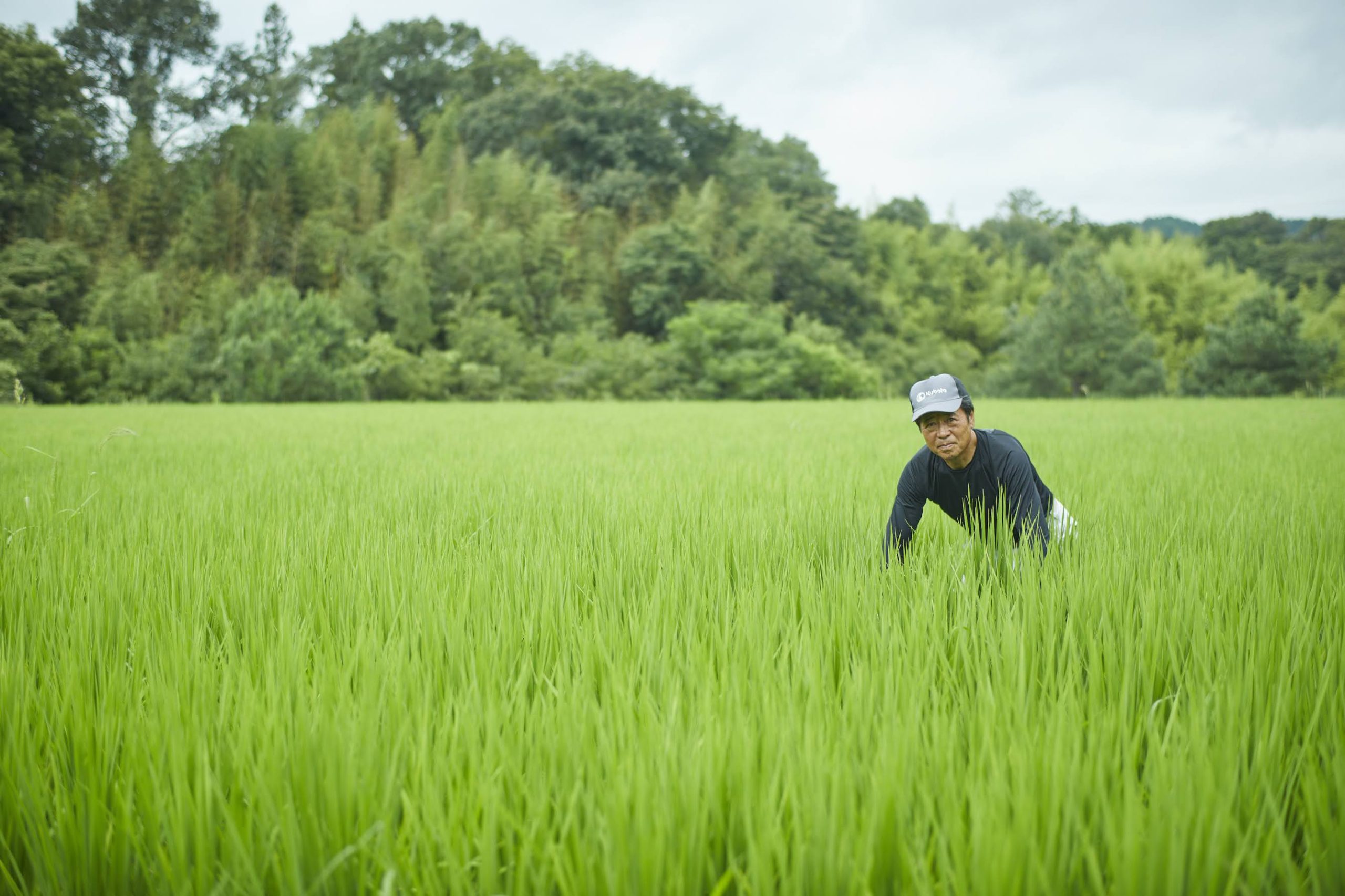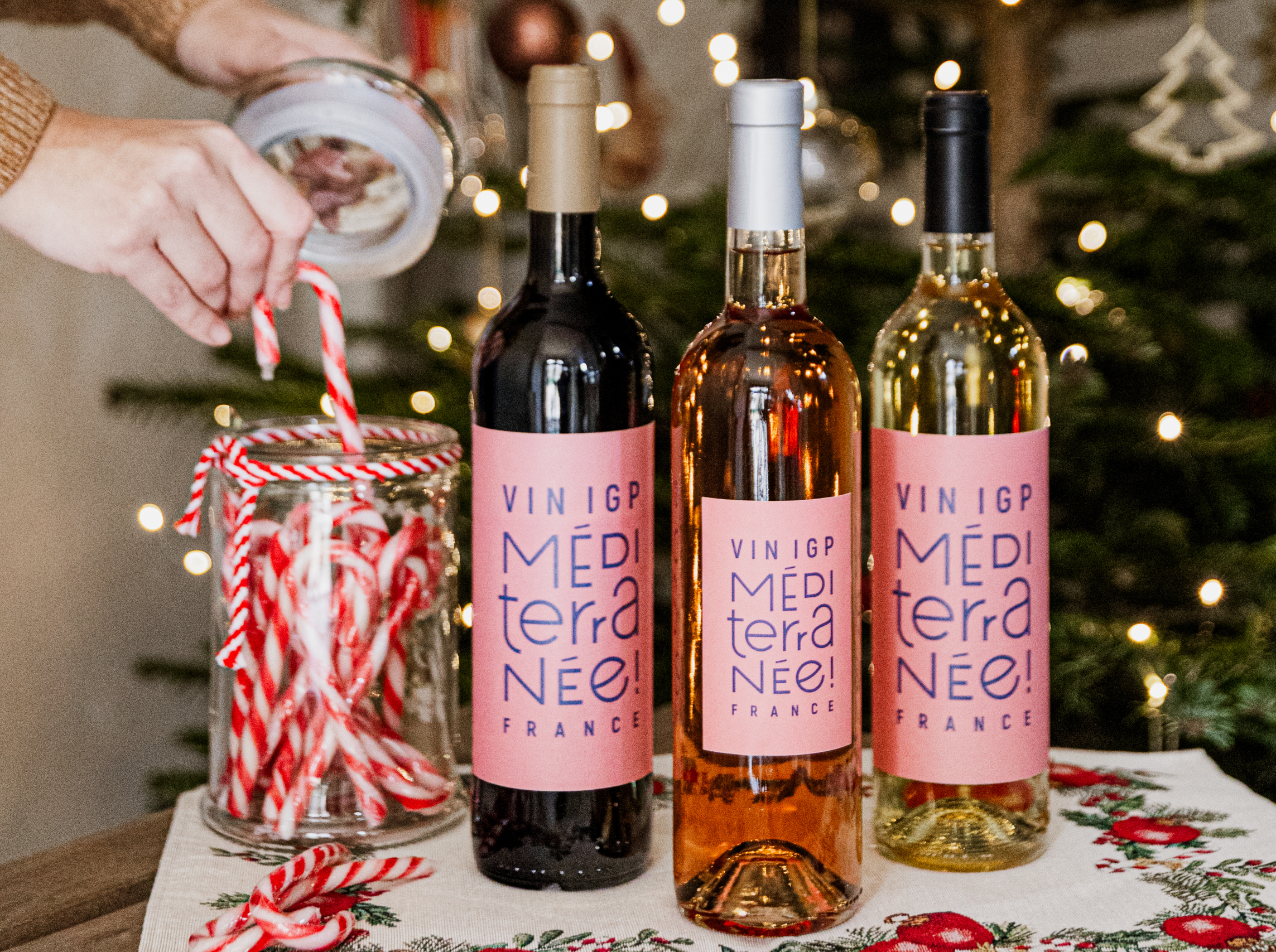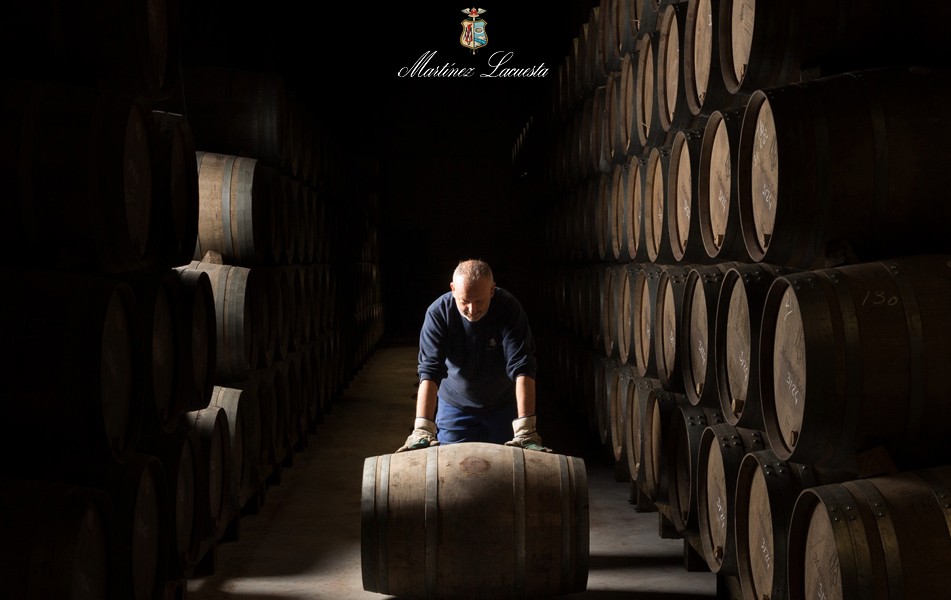Wine List Confidential: Il Ristorante Alain Ducasse
Douglas Blyde completes his journey along Italy’s Amalfi Coast with a visit to Alain Ducasse’s Naples restaurant, finding one dish in particular to be “more likely to start conversations than sate cravings”.
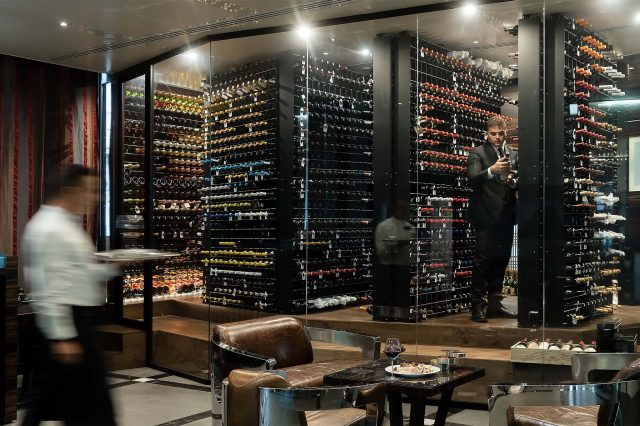
“Located in a gritty dockside corner of a notoriously punchy city, Romeo Napoli has been defying expectations since it opened in 2014,” proclaimed Elite Traveler. “Ten years later, the hotel is continuing to prove itself as one of Naples’ best; this time with the announcement of an all-new signature restaurant by the tour de force that is Alain Ducasse – his first-ever in Italy.” The latter succeeded Il Comandante this summer, which took the nickname of the founder of the Lauro Fleet, whose HQ was once in the same premises. And what a location – as Mr and Mrs Smith pointed out. Spanning the ninth floor, it’s got front-row seats to “Naples’ hectic docks,” where the clientele arrive “Gucci-clad” for the occasion.
Design
This glossy dining room is a visual feast crafted by Japanese architectural icon, Kenzo Tange. Classic nautical oils set a timeless backdrop, while bold works by contemporary Neapolitan artist, Francesco Clemente demand attention – they’re here to make a statement, not to whisper. Philippe Starck and Antonio Citterio-designed fittings complete the scene. Beneath a moody black ceiling, black chairs meet white tables, lit both from above and below. One floor above, the Krug-branded La Terraza beckons guests to sip cuvées beside, or even in, one of two infinity pools, with loungers angled towards Vesuvius and cruise liners, gliding to glamorous escapes in Ischia, Procida, Capri, and Sorrento.
Downstairs in the lobby, a scripted “Romeo” fountain leads to a walk-in humidor, a well-stocked cellar, and a games room. Billiards? Check. Old-school jukebox and vintage phonograph? Double check. While they may not play, they hum with nostalgia, bringing an air of old-world charm to this ultra-modern space.
Drinks
The wine programme is under the very polished eye of Alain Ducasse’s distinguished chef sommelier exécutif, Bernard Neveu – formerly of the famed Epicure at Le Bristol – and his partner in wine, head sommelier, Fabio Goglia, who climbed the grape-stained ladder from Hotel Le Agavi, Positano and the legendary Ristorante Dal Pescatore Santini. Goglia greets guests armed with a thick list – no intros, no descriptions, just endless possibilities. It’s all part of the charm; Fabio wants you to ask about the list.
Options by the glass range from €15 for Maremma Rosé from Tenuta Fertuna, which makes wines for Angela Hartnett and The Pig, to €200 for Château d’Yquem 1996, which one critic, perhaps unknowingly autobiographically, called “fat in style”. In between, €25 transports you to Château Clarke (2016), which, with cypress and olive trees, evokes the Med more than the Médoc. Doyard’s compelling Oeil de Perdrix champagne is €50, while Domaine Castagnier 2021 Charmes-Chambertin is made by a former trumpeter (€140).
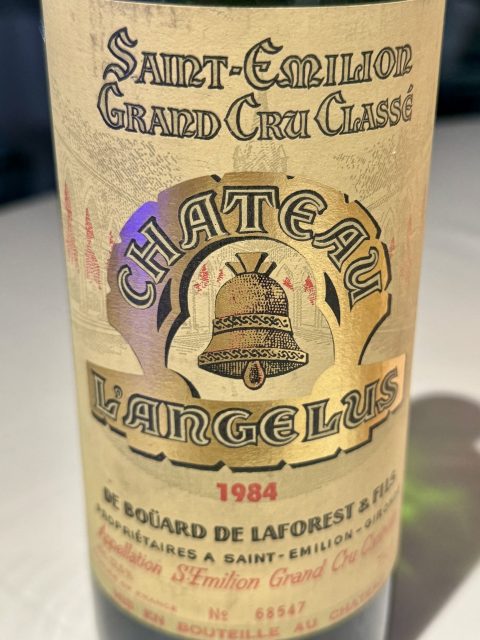
Bottles open at €40 for Vecchio Moro Lambrusco, Rinaldi, of which presenter, David Kermode cheekily wrote, “lock up your linens because this crowd-pleasing Lambrusco is an extraordinary deep purple”, should you be brave enough to order the humble wine in a restaurant from a holder of 21 Michelin stars. At the other end of the spectrum is Domaine de la Romanée-Conti 2015 (€19,500), remarkably close to retail. The most modest traditional method fizz is Ca’ del Bosco Cuvée Prestige (€100) – don’t come looking for Prosecco – followed by Billecart Salmon Brut Reserve (€170). Other options include Taittinger Comtes de Champagne 1999 at a fair €500, with the most lavish option being Cristal Vinothèque Rosé 1995 at a genuinely not outlandish €2,900 versus market price.
Still Italian collections include flights of L’Apparita, Castello di Ama to 1987, being the second vintage of “the first purebred Merlot produced in Tuscany” (€940), Costa Russi Barbaresco to 1981 (€1,750), Gaja Darmaji to 1983 (€950) Masseto to 1996 (€2,300), and Ornellaia to 1992 (€1,050). From France, there are more thoroughbreds: Ausone to 1998 (€2,800), Lafite to 1983 (€5,500), Le Pin to 1997 (€2,900), Lynch Bages to 1986 at an equitable €400, and d’Yquem to 1985 (€980). There are relatively slim pickings from outside L’Hexagone and Italy, though you will encounter a line-up of Vega Sicilia Unico to 2011 (€1,200). And from outside Europe, there appeared a solitary listing, being 2020 Santa Rita Hills Estate Pinot Noir – The Hilt – from the USA (€260).
To aid digestion, diners can savour Darroze Armagnac stretching to 1947 – the same year Italy signed the Treaty of Paris, a deal perhaps harder to swallow than the Armagnac itself.
Partner Content
Dishes
Bringing the culinary philosophy of French-born, Monégasque icon, Alain Ducasse – who presides over culinary kingdoms like Le Louis XV in Paris, and Alain Ducasse at The Dorchester in London – is head chef, Alessandro Lucassino, whose gleaming galley faces a ship’s wheel. Having mastered his craft at the likes of Le Jules Verne, and Hôtel Plaza Athénée, Lucassino now marries French technique with the bounty of Campania.
Alongside apple-scented house kombucha served in tactile thimbles poured by a team straight from a Ralph Lauren catalogue, snacks included an engaging seed flatbread, clasped in a volcanic rock, bringing Mount Vesuvius to the table. Other highlights included cuttlefish, spun like lardo around a long fork, while a particularly neat, curled anchovy with lime segments, and long-lived clementine tartlet indicated Lucassino’s fondness for citrus – a theme which continued throughout the meal. The amuse bouche was a particularly neat, five-minute cooked “iodate” spaghettini, served cool, with glossy caviar from Shanghai. Goglia selected Krug Rosé 25éme édition, based on 2013, with this, and the bread selection including nori-enriched toast, which could, we suspect, make a tremendous pressed panino, with Ducasse’s Sicilian olive oil, fleur de sel from Guerande, a blend of Sarawak, Szeuchuan, and Long Pepper, and a paddle of buffalo milk butter with black olives.
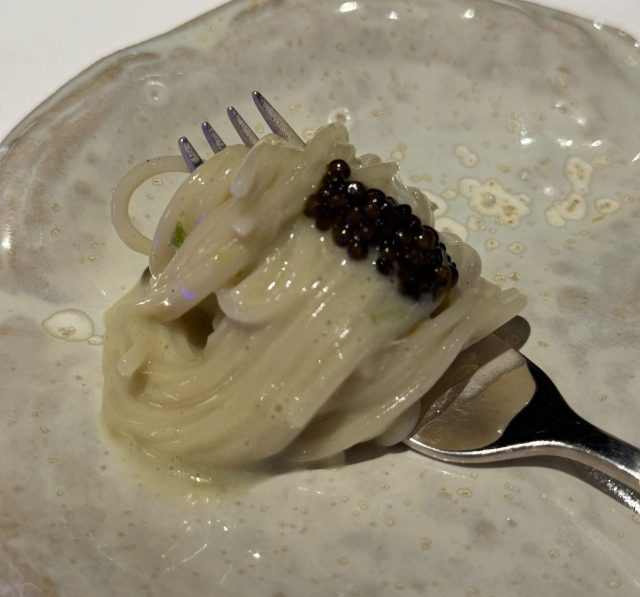
With blue crab finished with Negroni granita, Goglia applied one of 2,100 bottles of Marianna Venuti’s Fiano di Avellino Riserva, being his favourite local white grape, for its ability to cope with the ice’s bitterness, and a comforting little pot of silky white beans from Controne. It proved a fearless match, and continued to work with the second part of the bread course, being black olive focaccia, and more rustic Neapolitan loaf.
For a foie gras raviolo in chicken consommé, Goglia took a detour from the expected Madeira, instead serving a top-tier Piedirosso from Tenuta Camaldoli – Campi Flegrei Cru. Given the warm year (2017), this surprisingly gentle wine brought orange zest and a touch of salinity to the dish, with just enough tannin to keep things edgy. It turned out to be the meal’s standout pairing. The dish itself is thoughtfully crafted to be held in both hands, inviting guests to cradle it with care before savouring each sip down to the last.
Next, an egg tagliolini featuring “yesterday’s bread” was luxuriously coated in butter, powdered ricotta, butter, and a lavish shaving of white truffle. For this intense dish, Goglia “upped the stakes”, selecting the fresh, village Gevrey-Chambertin (Domaine Castagnier) for its bright energy.
Goglia confided he took ten attempts to perfect the pairing for tender rockfish served with Naples’ traditional Christmas green, “scarola” both whole and woven with cooked peanuts and olives. The perfect collaborator? Barbaresco 2021 from the single vineyard Cavanna by Luigi Giordano. Goglia, it seems, prefers his Nebbiolo fresh and sprightly, but when it comes to Claret, only maturity will do. This preference shone in the next pour: a 40-year-old Angelus (1984), decanted eight hours in advance and served in a mouth-blown Riedel. This graced the cheese course, including a particularly delicious salted ricotta which held its own; however, the wine practically begged for a more crafted accompaniment. Looking at the menu retrospectively, Lucassino’s saddle of lamb with pumpkin from the embers, with a red tuna garum, would have been the obvious choice.
For the final, sweeter acts, Goglia prescribed a find he stumbled upon in Montalcino – Famiglia Borsi’s Liquore Amarancia, served with a splash of tonic over a hefty ice cube. Light on sugar but big on flavour, this citrusy delight played nicely with the buffalo milk ice cream, sponge cake, tangy milk crisp, and almond cream. It was less successful, however, with the lemon pudding, which proved an acquired taste: a curious combination of Sorrento lemon, pesto, lemonade sorbet, and sea lettuce. A bold creation, certainly, though perhaps more likely to start conversations than sate cravings.
Last word
In a city whose rugged exterior conceals a velvet heart, Il Ristorante Alain Ducasse is more than a restaurant – it’s a statement. Here, local flavours receive the royal French touch, affirming that Naples isn’t just a pizza powerhouse; it’s poised to stand among Europe’s culinary capitals. And this is only the beginning. Ducasse’s Italian journey has already expanded to Romeo Roma, with Romeo Massa Lubrense slated for next year. Meanwhile, a new outpost at Baccarat Paris signals a refined empire continually on the rise, bringing a touch of French elegance wherever it lands.
Best for
- Panoramic, lively port views
- Champagne
- Citrus-pepped, upscale cooking
Il Ristorante Alain Ducasse- Hotel ROMEO Napoli, Via Cristoforo Colombo, 45, 80133 Naples NA, Italy; +39 081 604 1580; theromeocollection.com
Related news
Wine List of Week: The Ragged Robin

